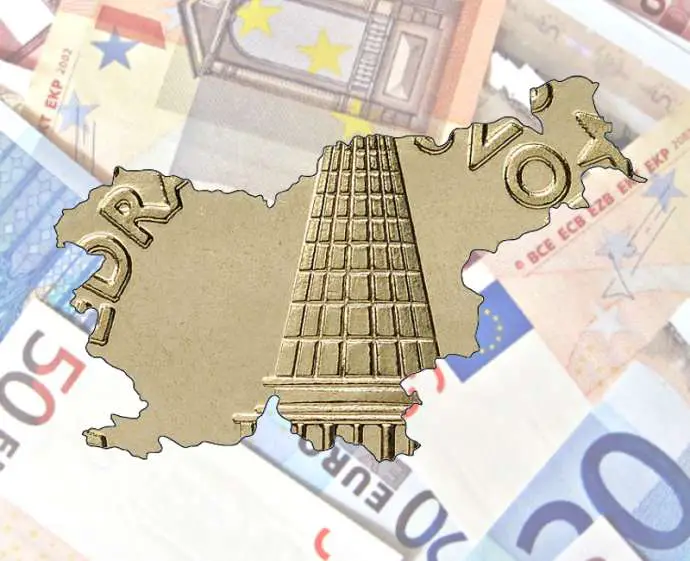STA, 12 September 2019 - The Institute of Macroeconomic Analysis and Development (IMAD) has downgraded its projection of Slovenia's gross domestic product (GDP) growth for this year to 2.8%, down 0.6 percentage points compared to its spring forecast, which will seriously affect government budget planning.
The government's macroeconomic think tank has also downgraded by 0.1 points its GDP growth forecasts for 2020 and 2021, to 3% and 2.7%, respectively.
IMAD said the downgrade was the result of a slowdown in Slovenia's major trading partners, in particular Germany, which will affect exports and capital spending; consumer spending is expected to remain robust.
"Confidence indicators in the international environment have been deteriorating since the start of last year, which has had a negative impact on export orders and demand. The prospects until the end of the year are worse than we expected in spring," IMAD director Maja Bednaš said.
Finance Minister Andrej Bertoncelj noted at a press conference after the government session that the government had prepared the supplementary budget for 2019 based on the spring forecast, which had projected the economy growing at 3.4%.
The minister added that the new projection had been downgraded based on the second quarter of the year, when there had been major changes in inventories. The situation is expected to improve somewhat in the third and fourth quarters.
"Let me be clear and say that growth of either 2.8% or 3% is very solid economic growth, which is still more than double of the eurozone average," Bertoncelj said.
The minister stressed that the downgrade should be followed by appropriate measures. The government has already frozen the budget, with all major expenditures by ministries needing to get the stamp of approval from the Finance Ministry.
"I have called on the ministers to save money and cancel non-essential measures," said the minister, who believes that a part of the drop in the expected revenue could be compensated by austerity measures.
He added that the ministries had been saving money since last September. "I'm not talking about obligations under the law, but about non-essential measures. One needs to act responsibly these days and limit expenditure in this segment."
For 2020, the minister will reduce the amount of planned expenditure by EUR 100 million to EUR 10.35 billion. "The 2020 and 2021 budgets will be drafted in accordance with the fiscal rule," Bertoncelj added.
"I don't want to sound pessimistic. We have solid economic growth, we follow IMAD forecasts, but I expect that a correction might take place, and if necessary, we will adjust immediately."
The minister explained that the expected EUR 100 million cut would be made in a linear fashion, with each department losing around 1% of the funds.
Bertoncelj noted that the state budget returned to the black in August to record a surplus. A surplus of 0.8% of GDP is planned for next year, and a 1.2% surplus in 2021.
"It's important that we maintain the trend of budget surplus, further reduce general government debt and go for structural balance in these three years," he said, adding that this was also important for credit ratings.
Prime Minister Marjan Šarec said the IMAD downgrade had been expected and would require reducing budget expenditure, which the government will do to comply with the constitutional balanced-budget rule.
And although he said each department would have to sacrifice one percent of its budget, he indicated that generous social benefits would have to be restructured to make the budget more sustainable.
"Denmark has a high standard of welfare but our social transfers are 25% higher. We're absolutely going to have to change some things to survive in the long term," he told Radio Slovenija in an interview.
In his first reaction to the announcement, Economy Minister Zdravko Počivalšek stressed that growth remained robust and was above the eurozone average.
He said he remained an optimist, since Slovenian companies are less indebted than they had been before the previous crisis, they are also more innovative and export-oriented.






